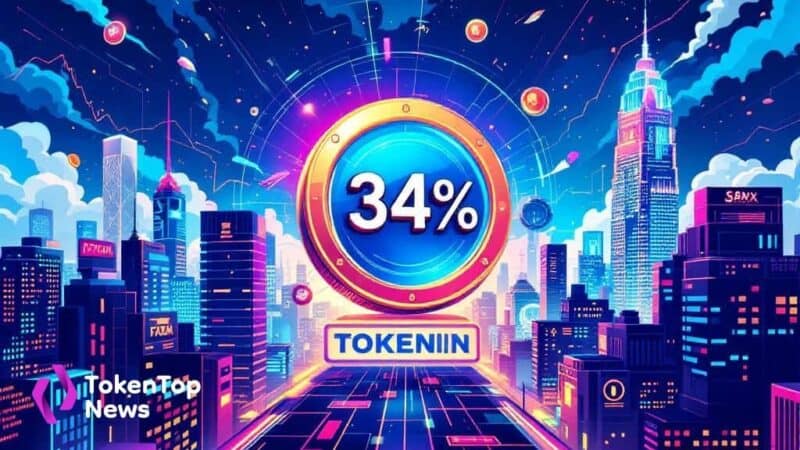FTX Solvency Claims Challenged Amid Bankruptcy Dispute
- Sam Bankman-Fried claims FTX was never insolvent.
- John J. Ray III disputes these claims.
- Legal challenges persist over asset recovery efforts.
Sam Bankman-Fried claims FTX was never insolvent, but these assertions contradict current FTX leadership and official bankruptcy records, causing ongoing controversy.
The dispute raises questions about asset recovery and how regulatory actions might impact the cryptocurrency market’s stability and future trust.
FTX’s former CEO, Sam Bankman-Fried, claimed that the exchange was never insolvent even as bankruptcy proceedings continue. FTX’s current CEO, John J. Ray III disputes these statements, citing ongoing asset recovery efforts.
“FTX and Alameda were never insolvent, and both firms could have repaid customers in full before being forced into bankruptcy.” – Sam Bankman-Fried, Founder, FTX
While Bankman-Fried accused bankruptcy lawyers of withholding funds, Ray’s team continues to process bankruptcy claims. Legal proceedings have involved extensive examination of assets, transactions, and customer losses.
The controversy affects the cryptocurrency market, with uncertainty surrounding FTX’s solvency claims. Legal analysts and crypto experts have criticized Bankman-Fried’s statements as misleading. Financial implications include significant asset liquidations to meet bankruptcy obligations. Public confidence in disputed claims remains low.
Future outcomes may include restructuring, creditor repayment, or continued asset sales. Historical insolvency cases, such as Mt. Gox and QuadrigaCX, offer potential parallels for FTX’s resolution.
Regulatory scrutiny and market transparency improvements could emerge from ongoing legal assessments and technological advancements, potentially affecting broader crypto industry trusts. Historical trends indicate a challenging recovery process for affected creditors and stakeholders alike.




